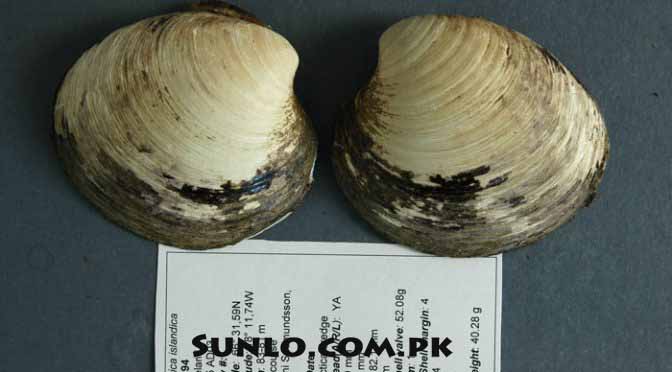Researchers think they’ve discovered the oldest animal ever. According to CBS News, new research suggests that an animal like a jellyfish may have crossed the ocean in search of food some 700 million years ago.
The experts have determined that the creature was most likely a comb jelly or ctenophore, according to a study news release from the University of California Berkeley.
According to research found in the journal Nature, while some organisms, like comb jellies, resemble jellyfish, others are very different. Instead of tentacles, they travel through the water by means of cilia.
Currently, marine habitats all over the world contain these creatures.
Professor at UC Berkeley and co-author of the study Daniel Rokhsar stated that the most recent common ancestor of all mammals probably lived 600 or 700 million years ago.
Due to their delicate bodies and lack of a direct fossil record, it is difficult to determine what they were like.
However, the author notes that we can make comparisons between currently existing species to learn more about our shared ancestry.
The university also pointed out that there has long been disagreement about whether sponges or ctenophores evolved first.
The majority of the time, sponges are sedentary sea organisms that obtain their food by filtering water via their pores.
Numerous people argue that the sponge evolved first, preceding the ctenophore, because of its basic properties.
Despite arriving first, sponges were probably second to ctenophores, it is concluded from the results.
The genes found in the critters’ chromosomes were examined by scientists during their decision-making process.
The researchers discovered that the ctenophore’s chromosomes were distinct from those of sponges, jellyfish, and other invertebrates. Researchers discovered that the ctenophore can have arrived either considerably earlier than the others or much later.
Ctenophore chromosomes had undergone significant modification over hundreds of millions of years, according to Rokhsar, so at first we couldn’t tell if they were distinct from those of other animals.
The third possibility is that they diverged first before all other animal lineages, which would explain why they are unique.
Researchers’ comparison of the chromosomes of ctenophores to non-animals provided the “smoking gun” in their investigation.
The study discovered that certain gene-chromosome combinations were shared by ctenophores and non-animals, but that sponges and other animals had their chromosomes rearranged in a very different way, according to the news release.
The researchers noted that the new understanding is important for understanding the fundamental bodily processes of humans and other animals today, including how we move, eat, and detect our immediate surroundings.

